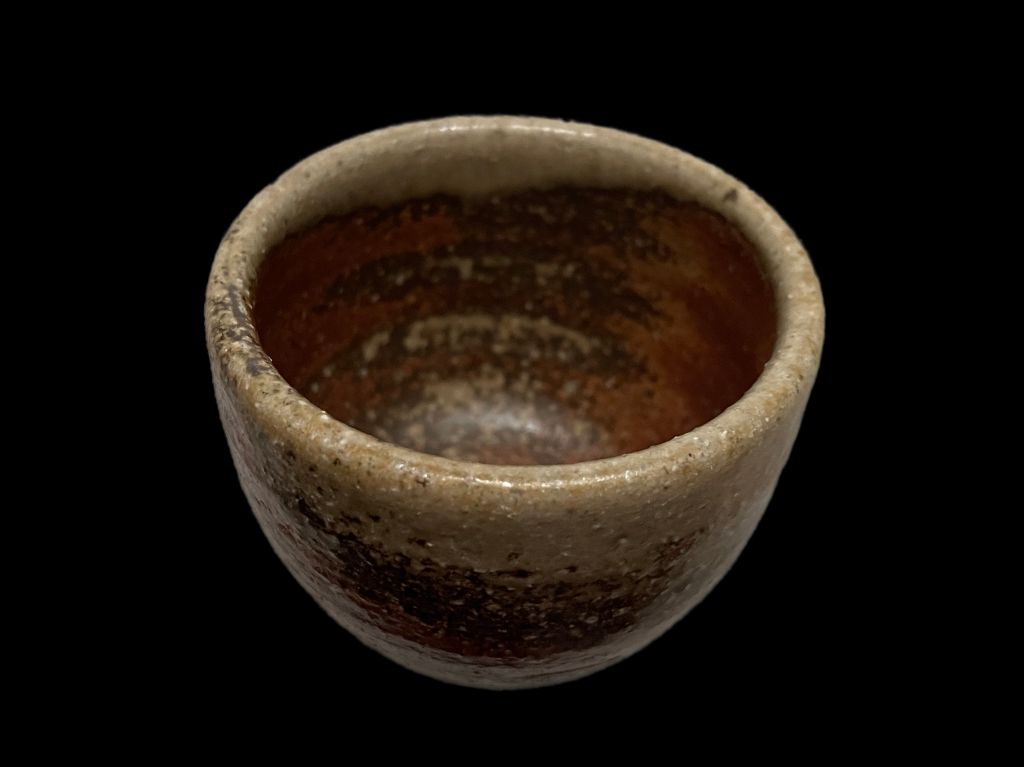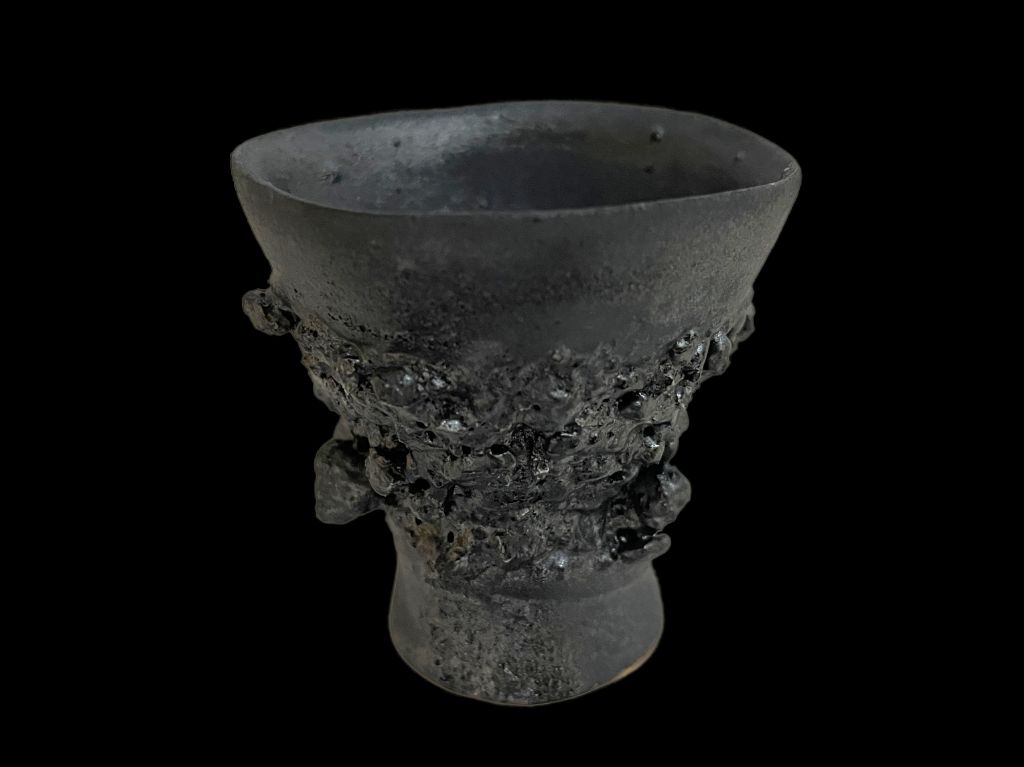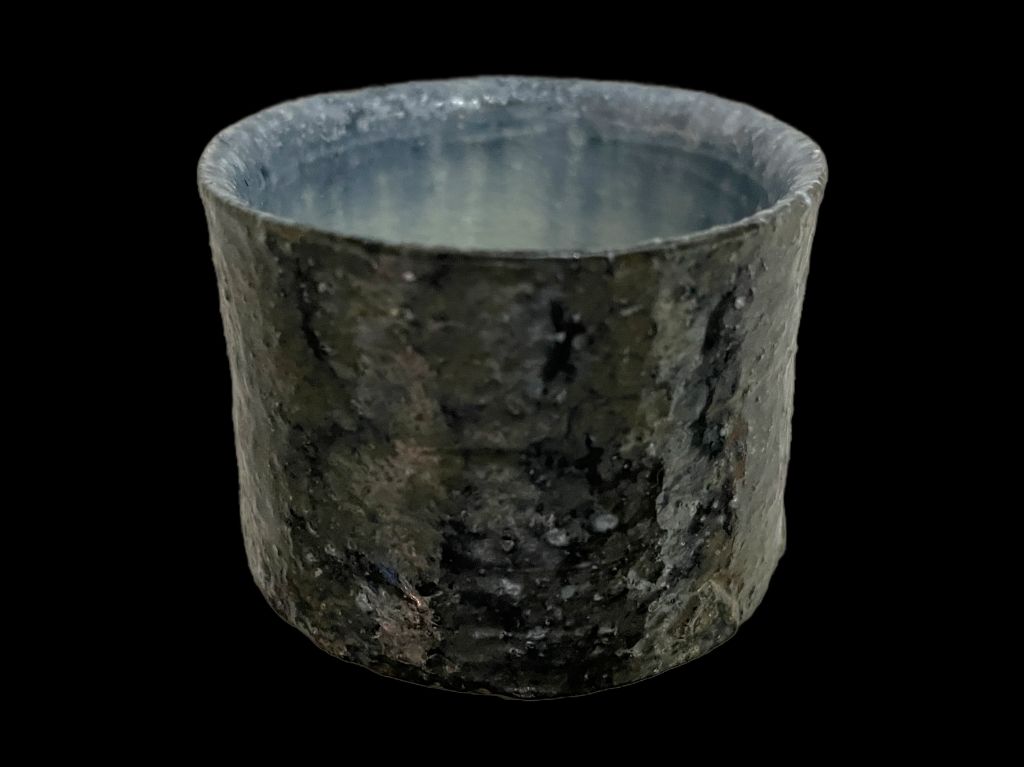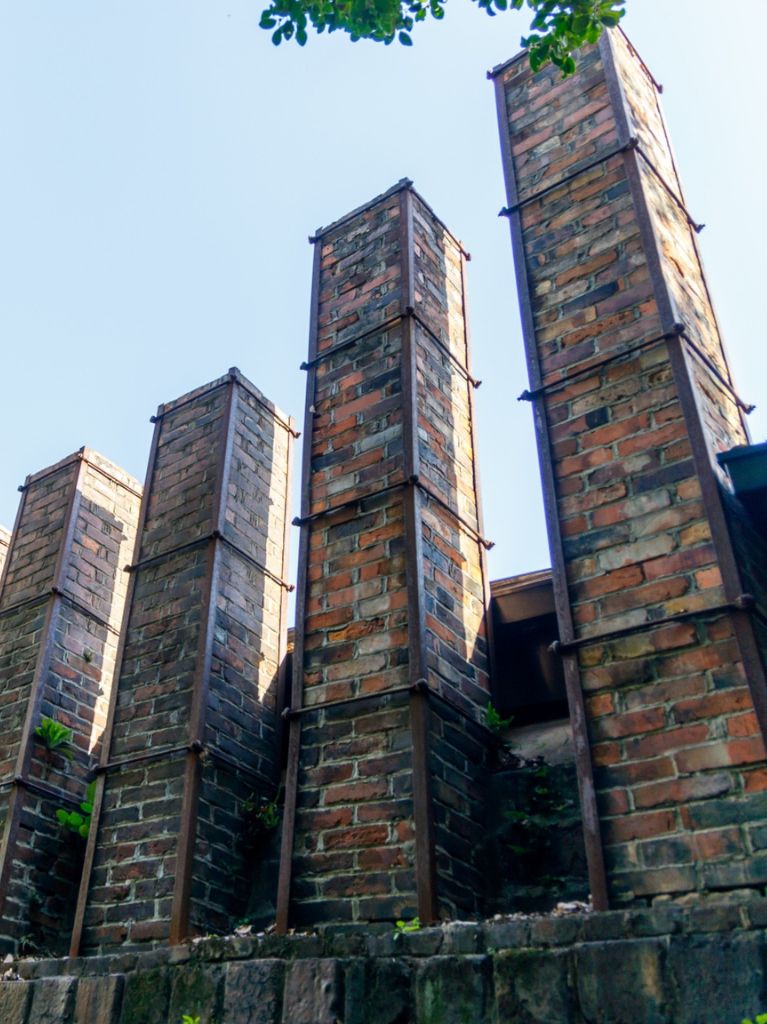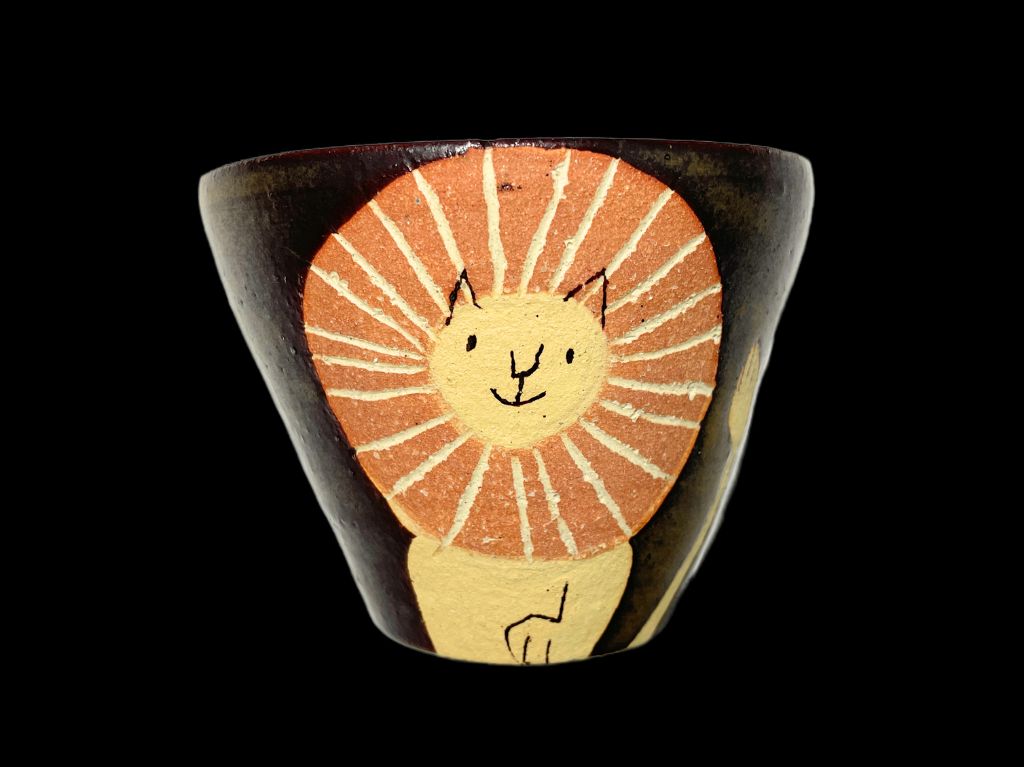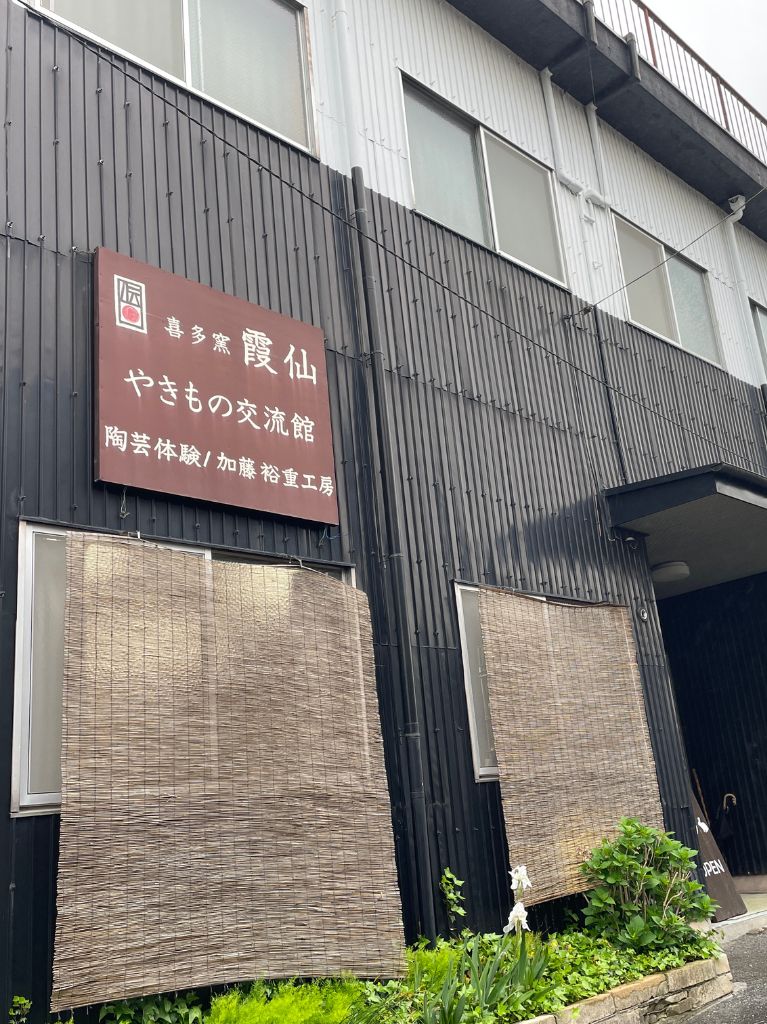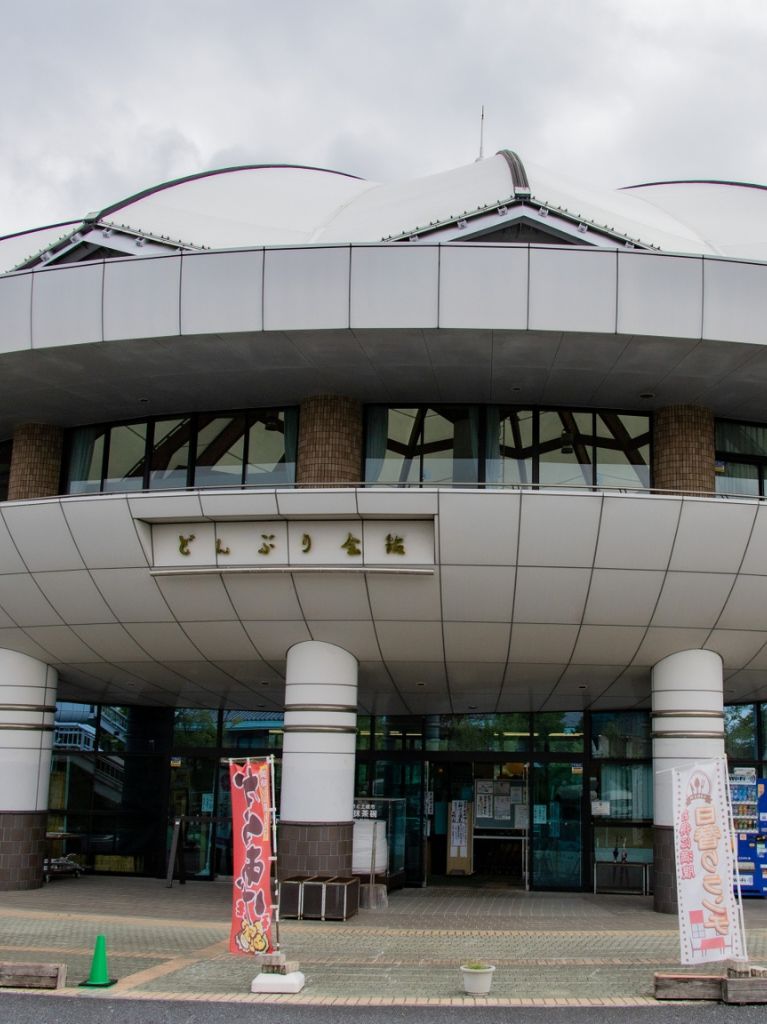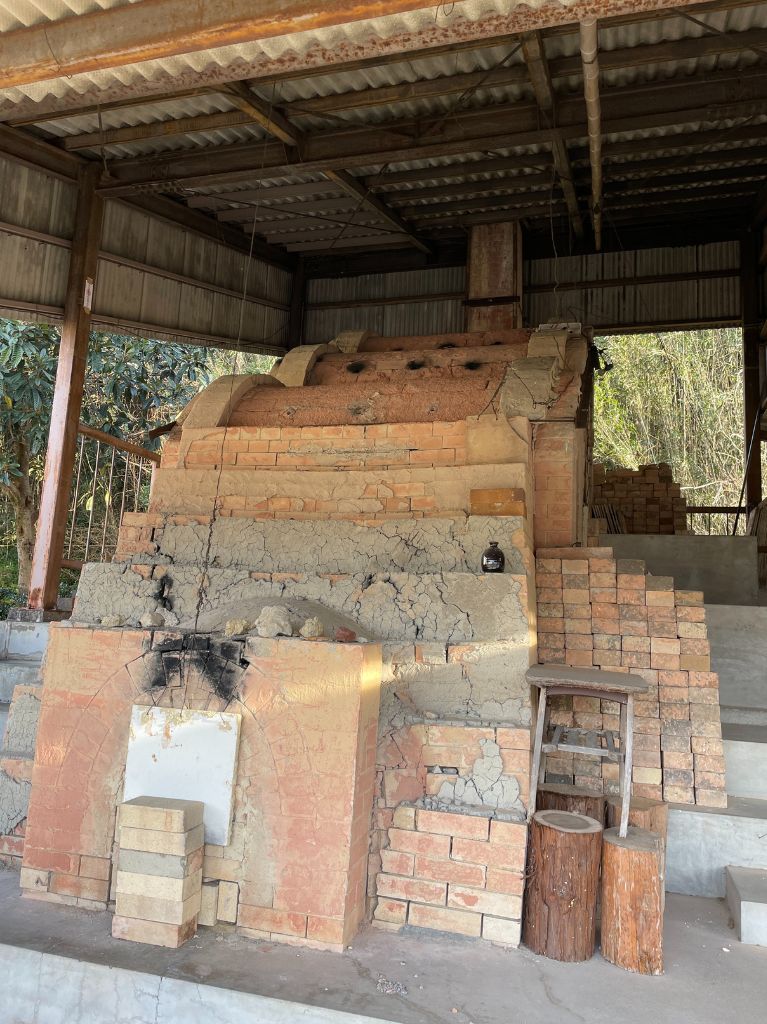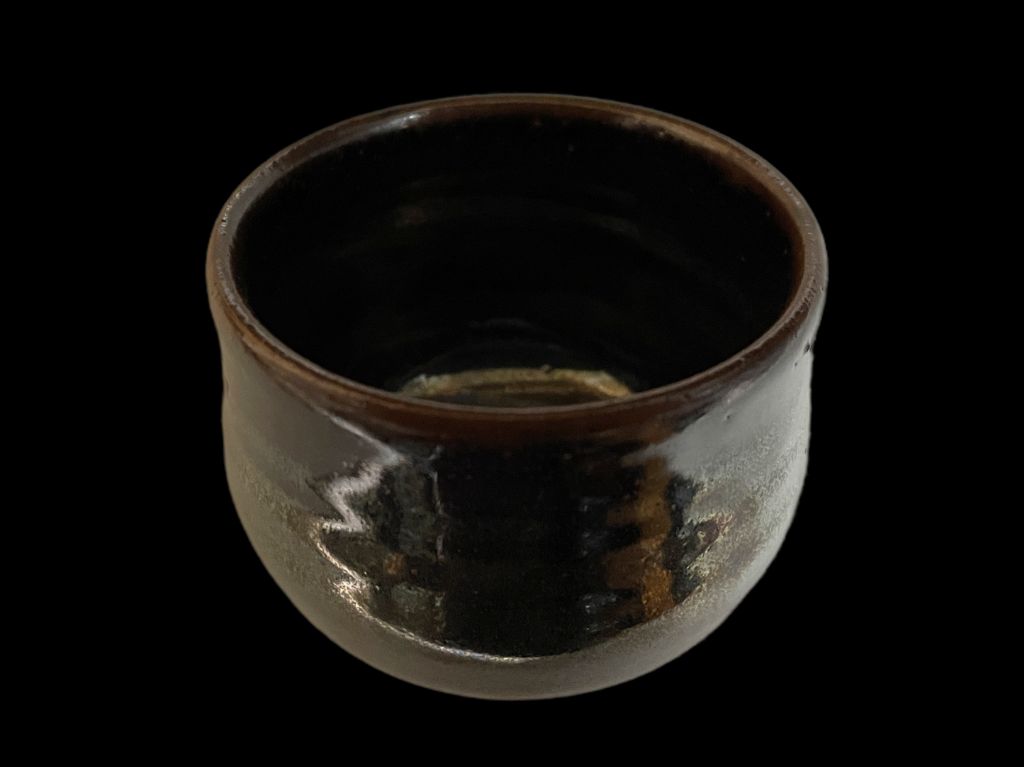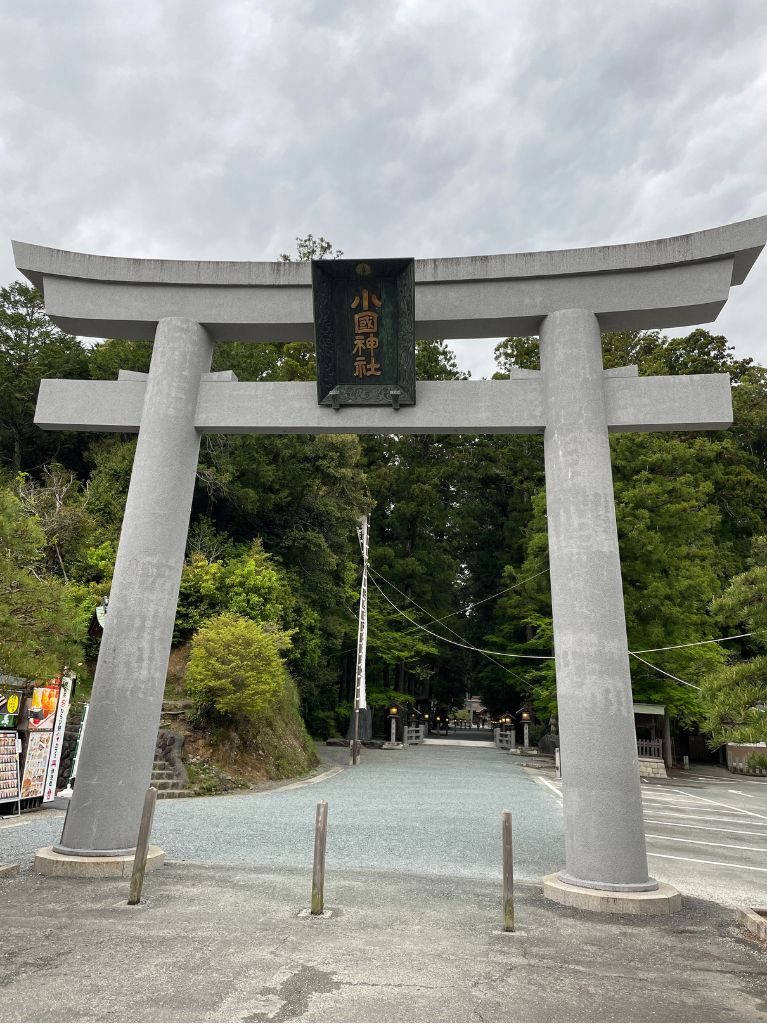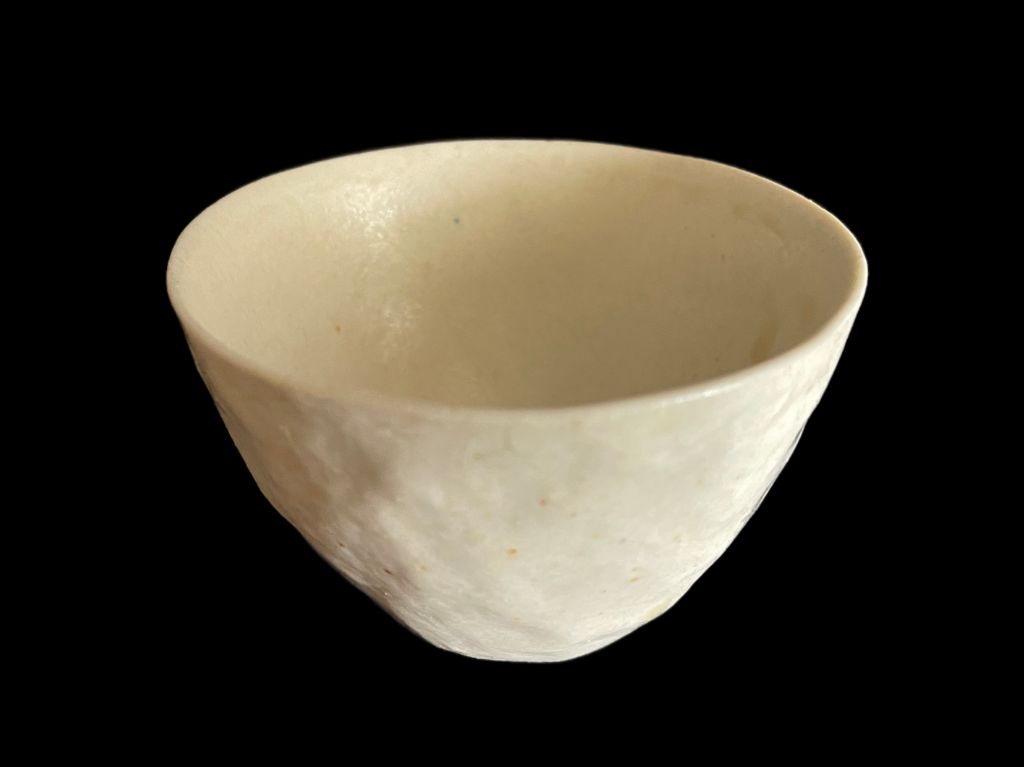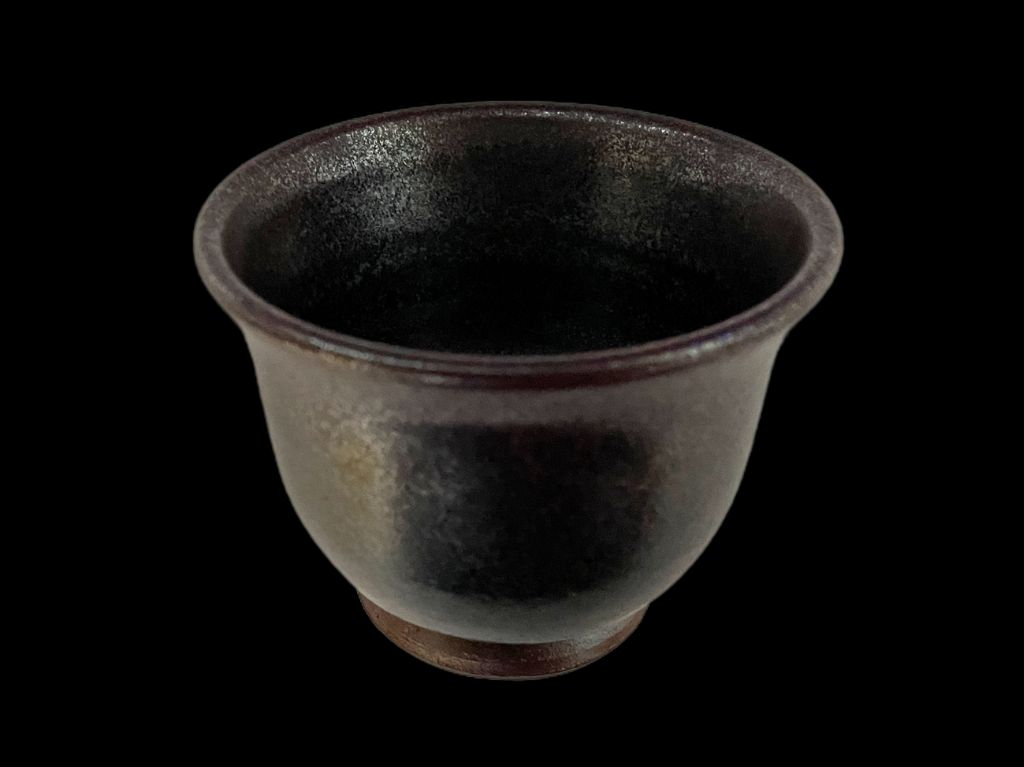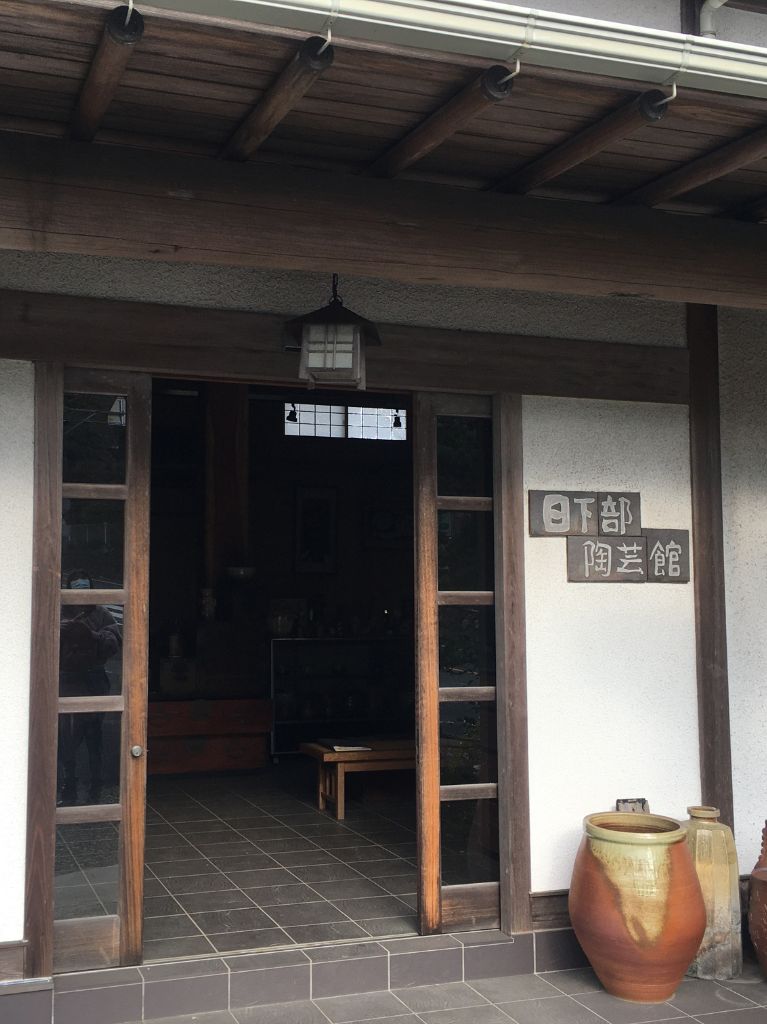TOUKAI
TOKONAME YAKI
TOKONAME YAKI is a traditional Japanese pottery produced in the Tokoname area of Aichi Prefecture. It has a long history, and it is said that the manufacturing method of SUEKI (Old Earthnware), which was introduced from Korean Peninsula to Tokoname during the Asuka to Nara period. TOKONAME YAKI is considered to be one of the oldest “Six Ancient Kilns of Japan” (SETO, TOKONAME, SHIGARAKI, TAMBA and BIZEN ECHIZEN).
Traditional TOKONAME YAKI is called “KO-TOKONAME” and is made without glaze using the “Yakishime” method, but the current many TOKINAMEs use glazes and are painted.
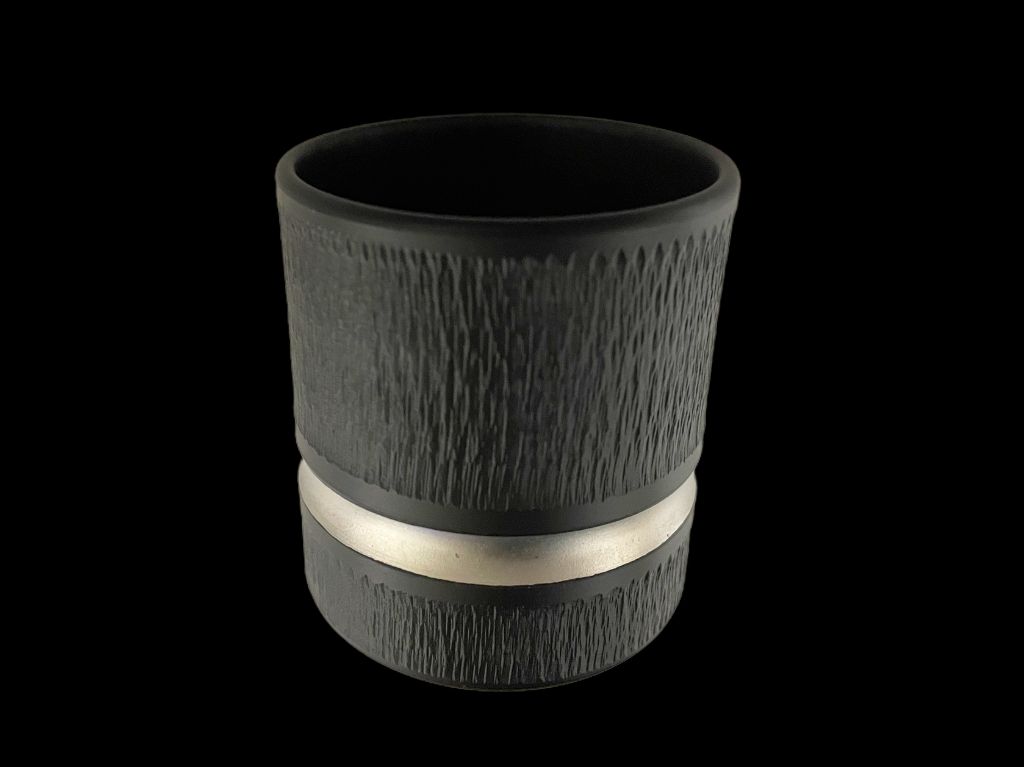
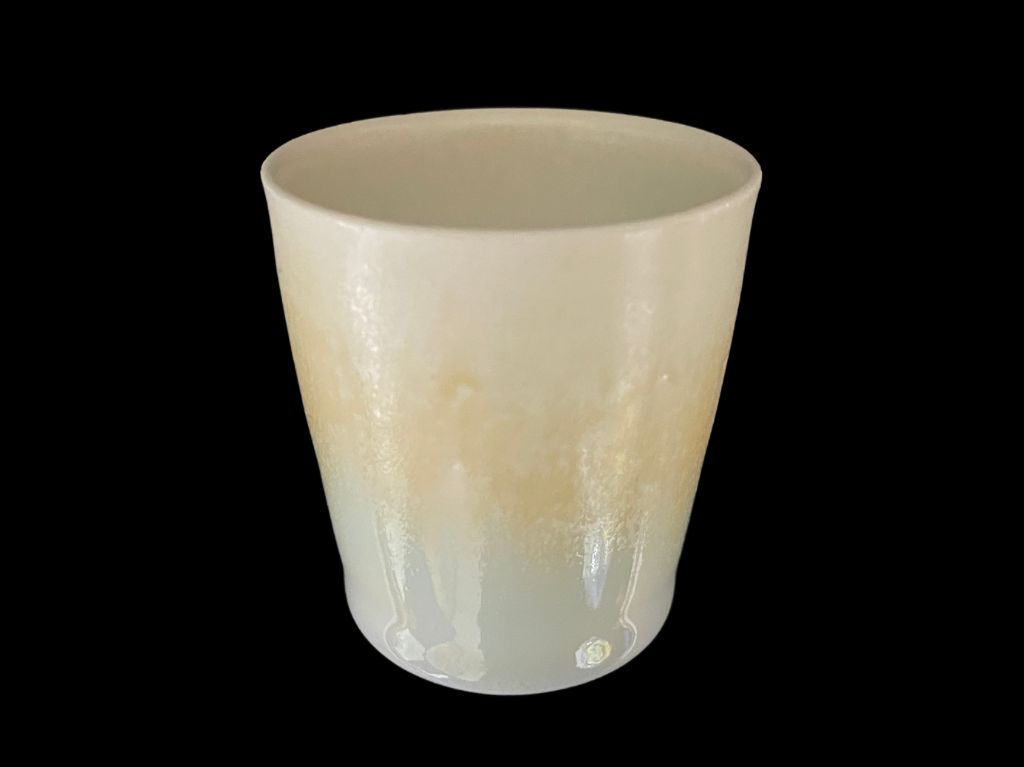
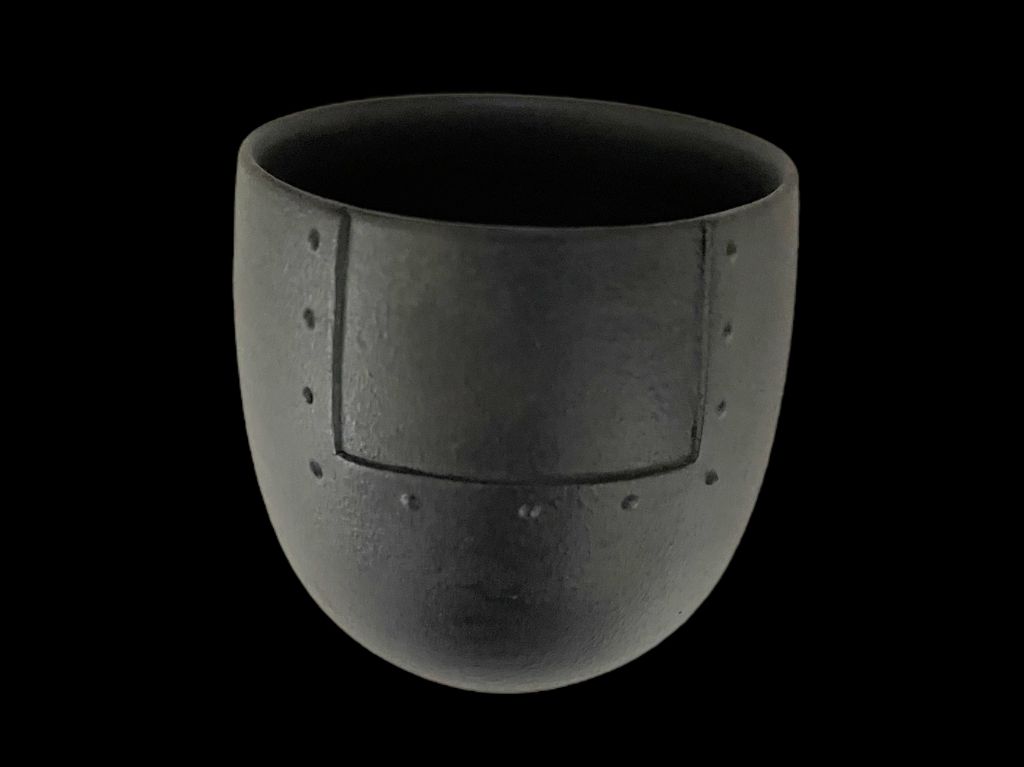
SETO YAKI
SETO YAKI is a traditional pottery produced in the Seto area of Aichi Prefecture. It has a long history and is one of the oldest “Six Ancient Kilns of Japan” (SETO, TOKONAME, SHIGARAKI, TAMBA and BIZEN ECHIZEN) The famous SETO YAKI, “SETO ORIBE”, was named after the tea master “Furuta Oribe”, who was a disciple of “Senno Rikyu”.
SETO YAKI comes in a variety of colors, including green, yellow, black, and white. SETO ORIBE is pottery that uses the Oribe glaze that is fired green by oxidation firing.
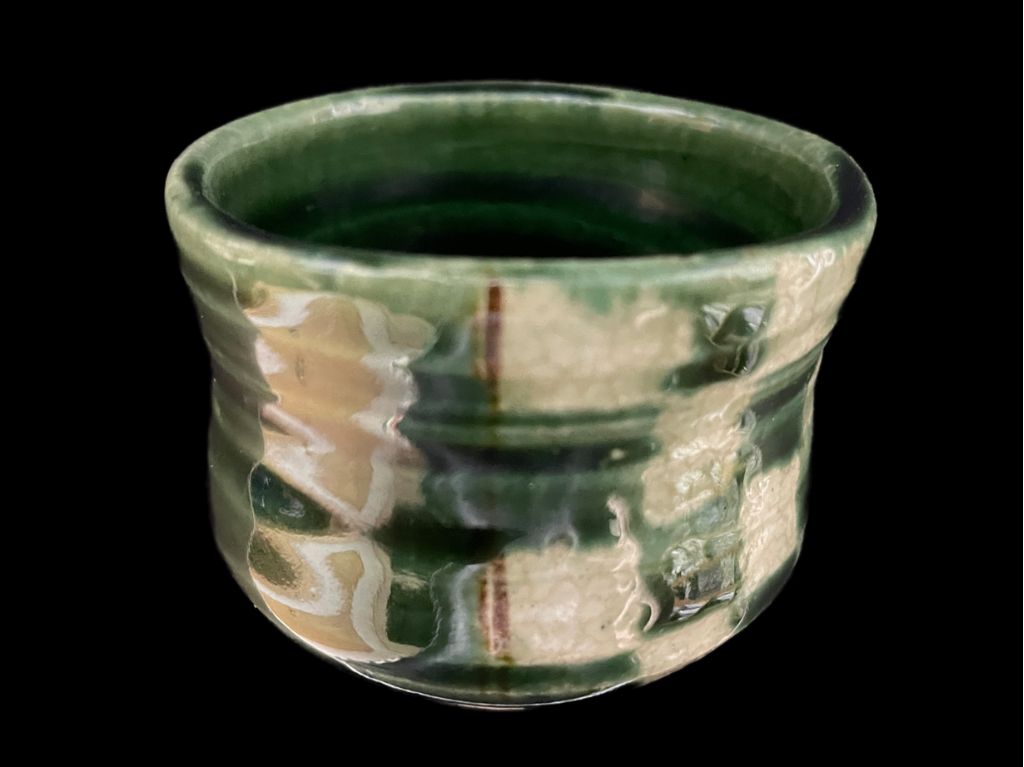
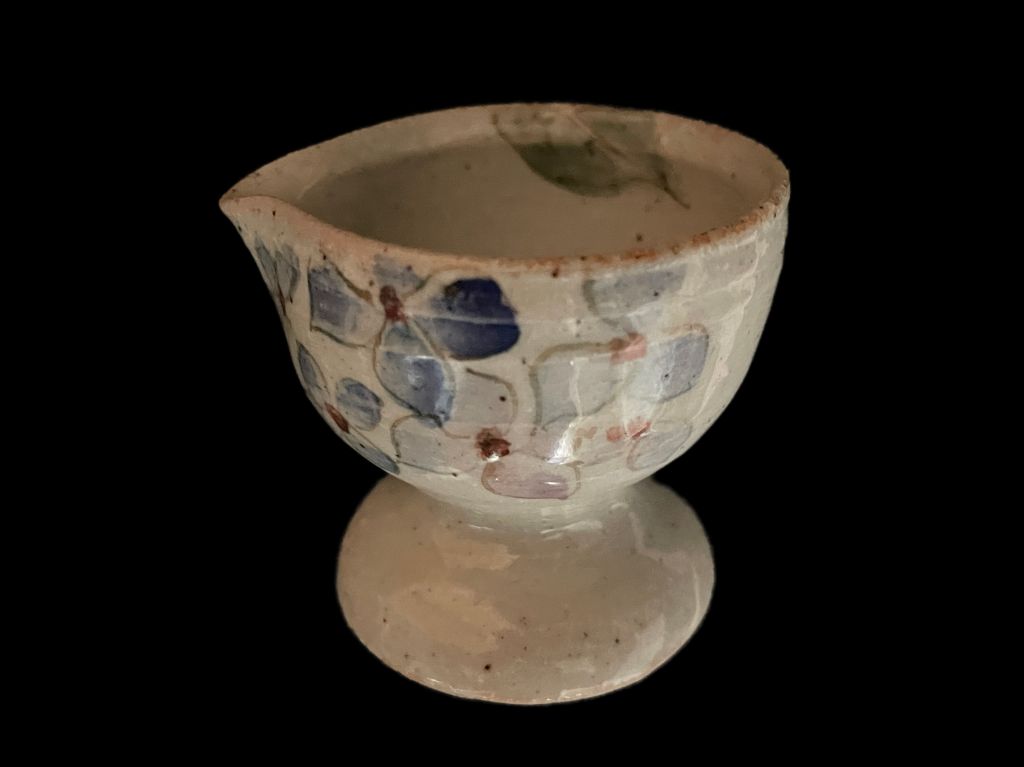
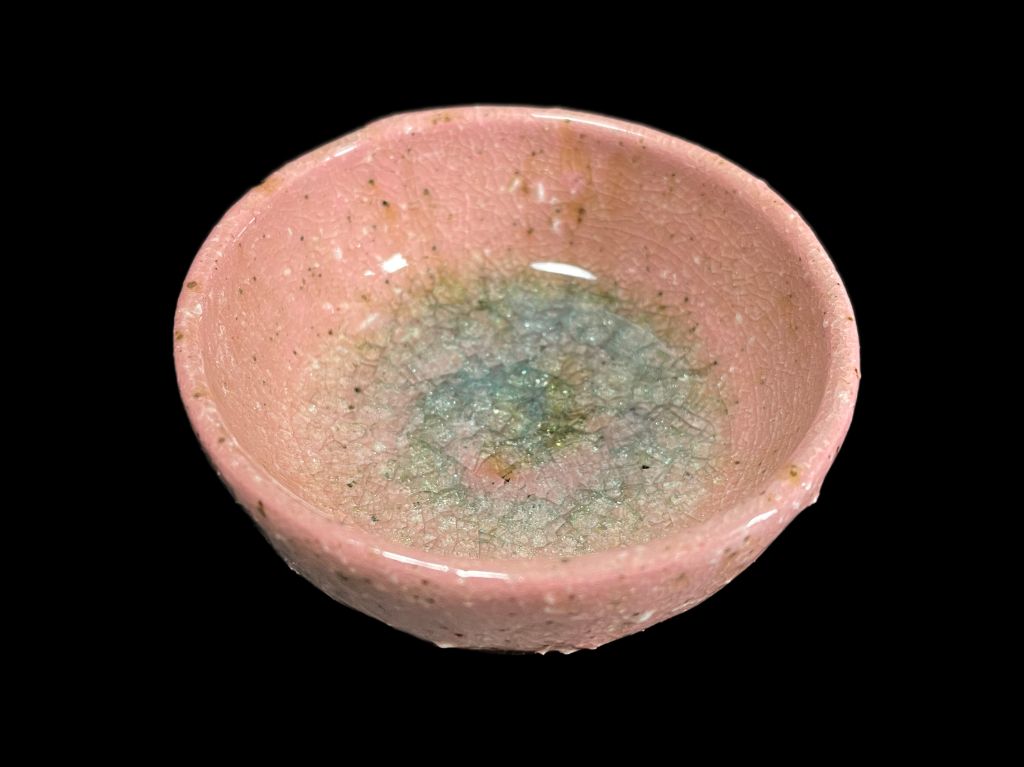
MINO YAKI
MINO YAKI is a traditional Japanese pottery produced in the areas of Toki, Tajimi, Mizunami, and Kani cities in Gifu Prefecture. It has a long history, and it is said that the manufacturing method of SUEKI (Old Earthnware), which was introduced from the Korean Peninsula, was introduced to Mino during the Asuka and Nara periods.
Traditional MINO YAKI was originally made of SUEKI, a hard, blue-gray earthenware, and later, hard porcelain (Hakuji), unglazed pottery, and pottery with ash glaze or iron glaze. Modern MINO YAKI also has a wide variety of colors and is made by many potters.
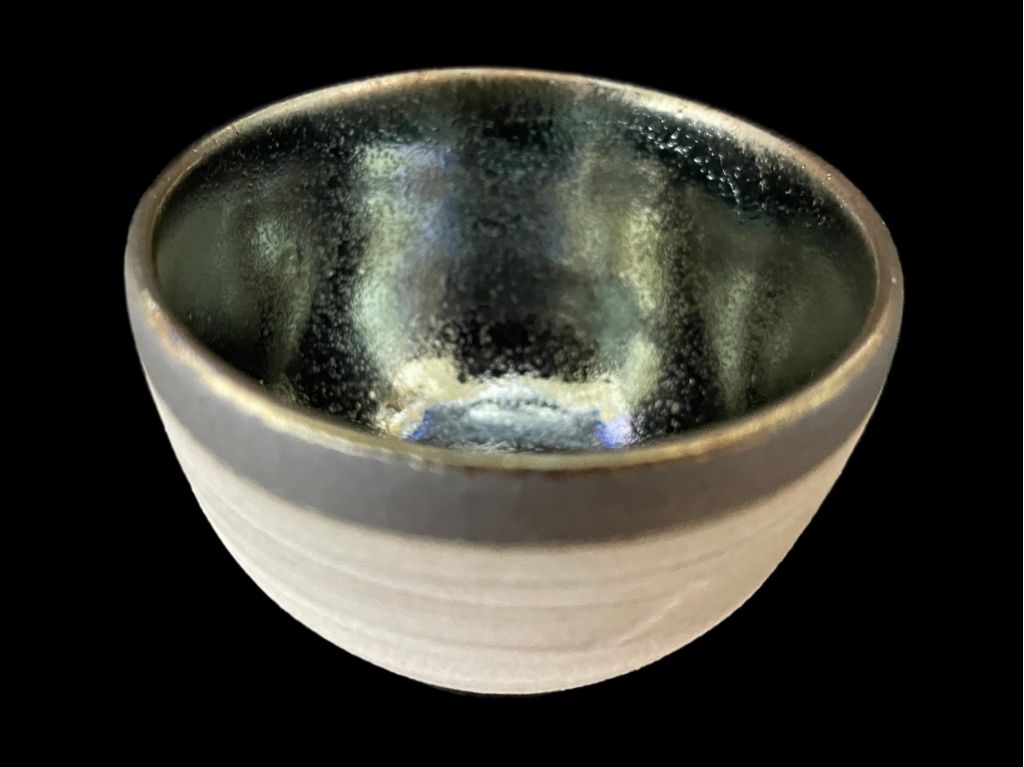
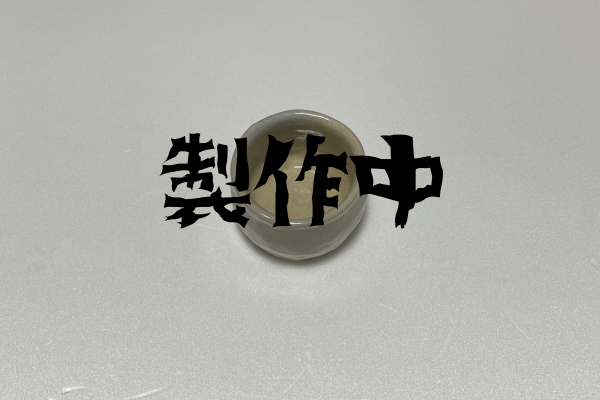

SHITORO YAKI
SHITORO YAKI is a traditional pottery produced in Shimada city, Shizuoka prefecture. The area has high-quality clay, and one theory is that it began with the KOSETO-style glazed pottery that began in the late Muromachi period.
Traditional SHITORO YAKI consists of Tenmoku tea bowls made with iron and ash glazes, but later on, sake bottles and small plates also began to be made, and even vases made with black glazes. Currently, pottery is produced at five kilns: Houetsu kiln, Hikoji kiln, Rito kiln, Yu kiln, and Toyu kiln.
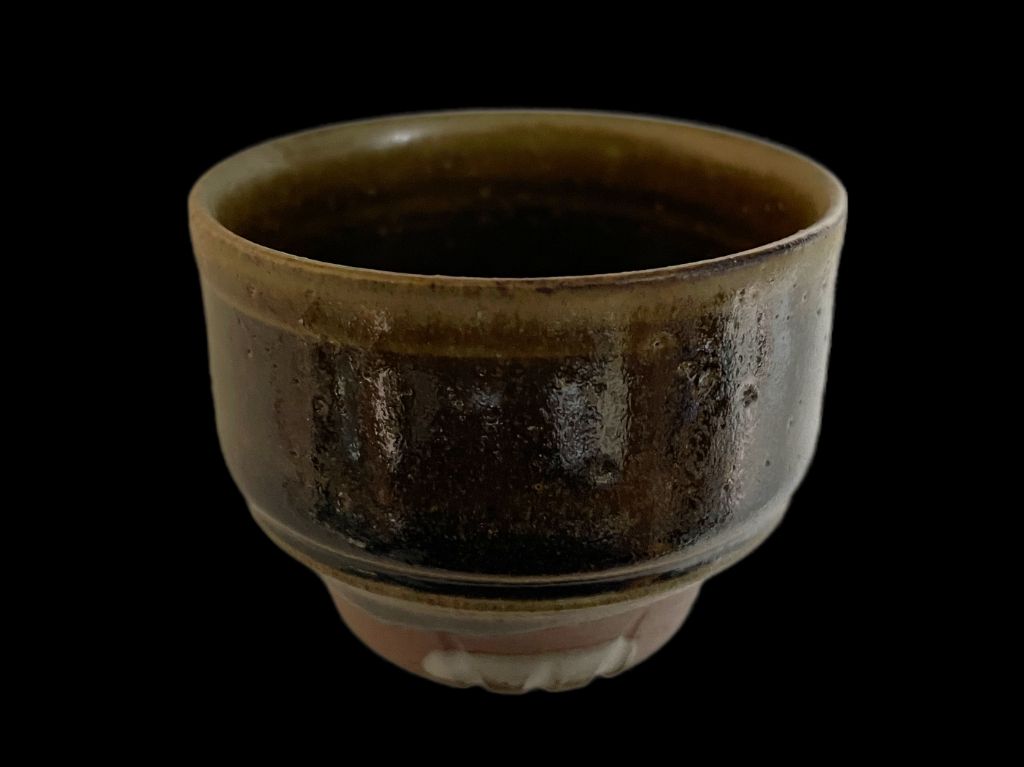
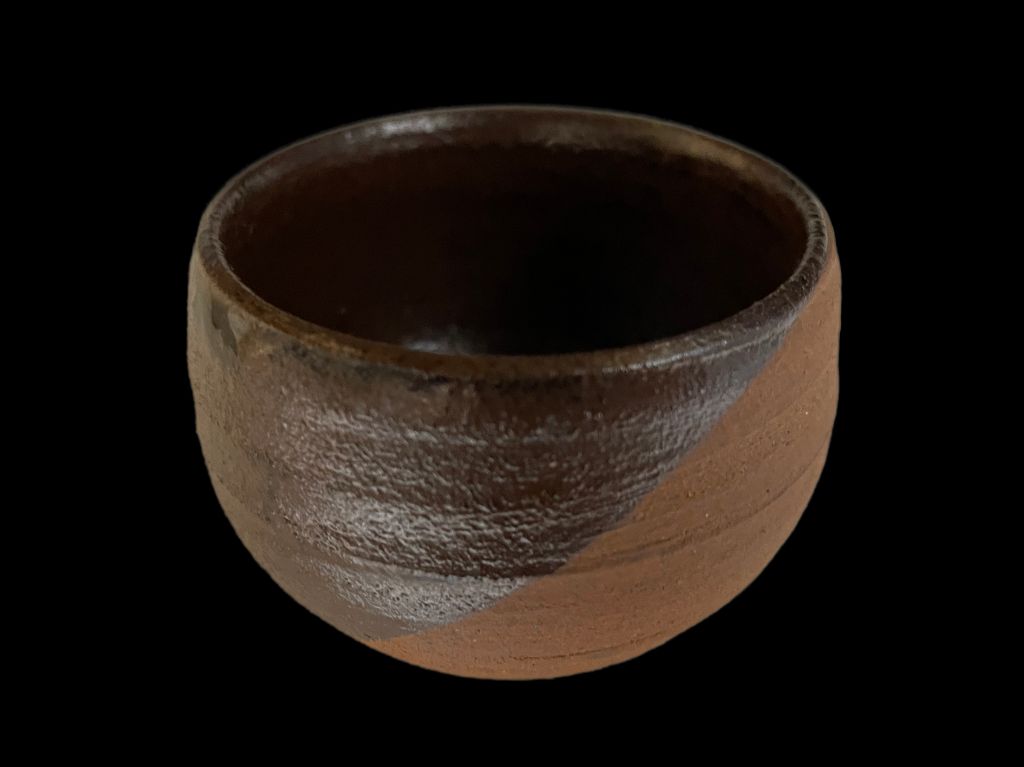
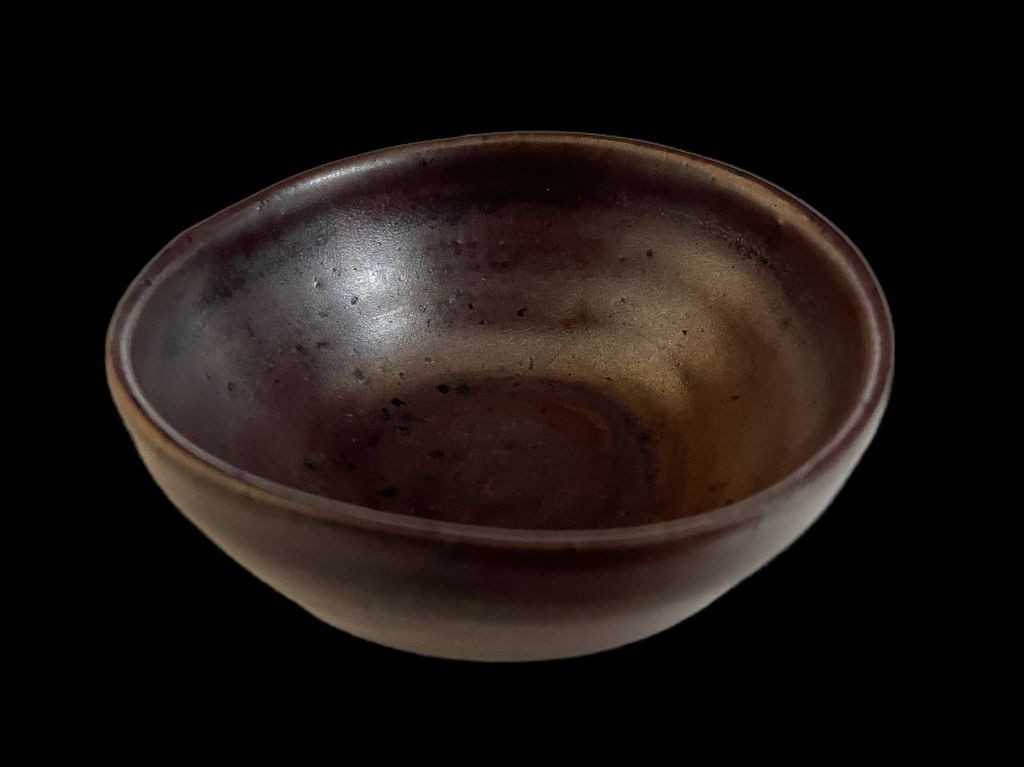
MORIYAMA YAKI
MORIYAMA YAKI is a traditional Japanese pottery produced in Morimachi, Shuchi District, Shizuoka Prefecture. Its history began in 1909, when it was created by the first Nakamura Hideyoshi, influenced by SHITORO YAKI. Currently, there are four potteries: Nakamura kilm, Seison kilm, Haruyama kilm, and Tame kilm, as well as ONIWA YAKI (ENSHU MIMORO YAKI, Bessho kiln) in the grounds of Oguni Shrine.
MORIYAMA YAKI is made using traditional techniques and local materials, and includes a variety of glazes, such as the traditional Tiger Cloth glaze and the natural wood glaze.
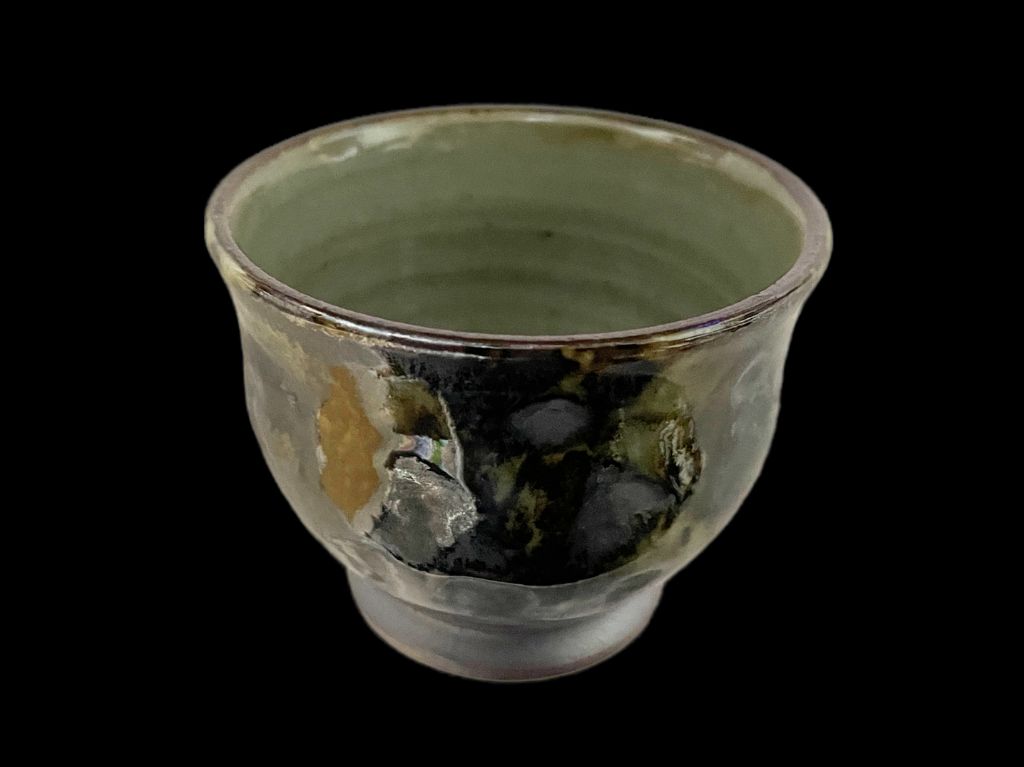
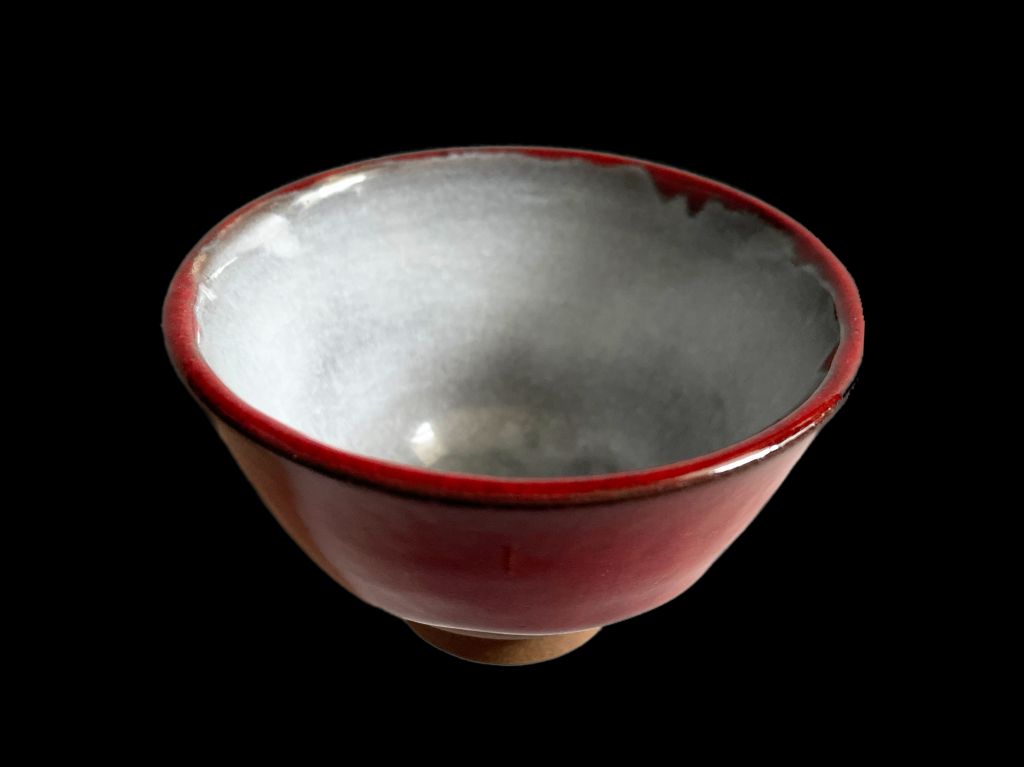
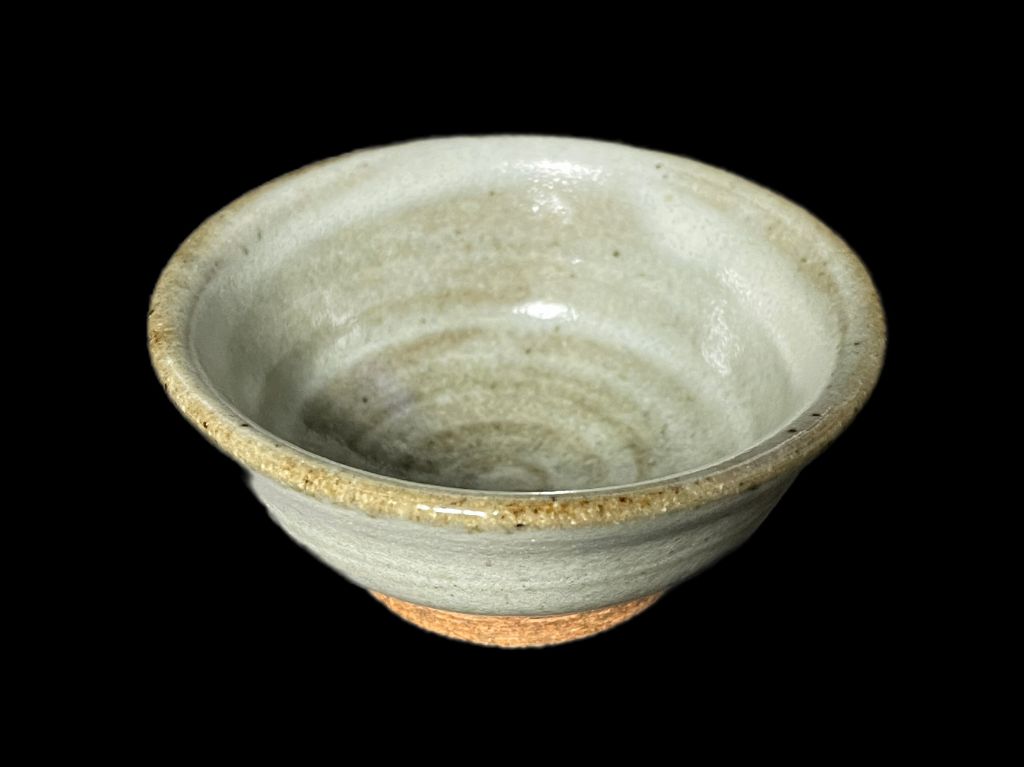
TOUKAI (Others)
Toukai area was originally a producer of high-quality clay, which is used to make ceramics, and is the oldest and largest producer of pottery in Japan, such as TOKONAME YAKI, SETO YAKI, and MINO YAKI. Even today, it remains one of the most famous pottery producing regions in Japan, as well as the Kyushu area.
